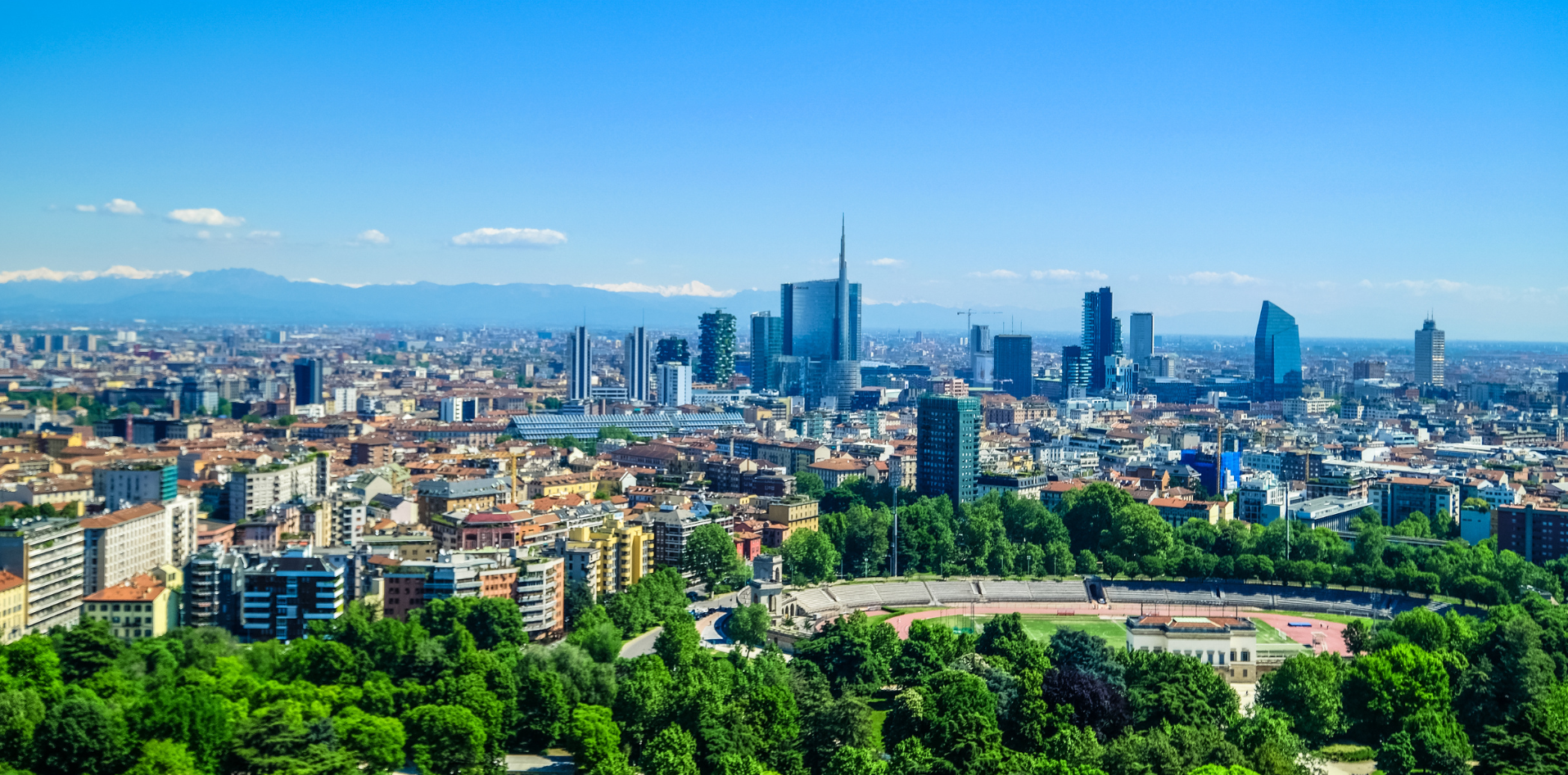In today’s increasingly sustainability-conscious world, the LEED (Leadership in Energy and Environmental Design) standard is the most widely used system for rating green buildings. Facilities can earn Silver, Gold, or Platinum LEED certification from the U.S. Green Building Council (USBGC), signifying that they offer environmental, social, and governance benefits. It’s a globally recognized symbol of sustainability.
Starting in 2025, the USGBC will roll out a new standard for facilities to meet in order to achieve certification—LEED v5. Here’s a look at what you should know about the new qualifications.
What Is New about LEED v5?
The USGBC says LEED v5 “will champion solutions to align the built environment with critical imperatives including decarbonization, ecosystem conservation and restoration, equity, health, and resilience. LEED v5 will drive real-world impact and positive change worldwide.”1
Sloan Vice President of Sustainability Dr. Paul Sambanis says, “It's always about raising that bar. They're being very ambitious.”
Some of the most important new criteria for LEED v5 will focus on four categories.
- Carbon: v5 will evaluate the operational, embodied, and transportation-related carbon emissions of building materials, with a goal of enhancing the carbon literacy of the industry.
- Health: v5 will focus on promoting physical, mental, and behavioral well-being for all occupants, in current and future climates, with credits for building, design, and construction as well as operations and maintenance.
- Resilience: v5 recognizes that it has become essential for facilities to handle extreme events—especially related to health and climate—with credits rewarding readiness, adaptation, and operational preparedness.
- Equity: v5 asks teams to understand and address the social impact of a project from its earliest stages—rewarding renewable energy projects that support underserved communities and greater equity within construction practices.
If your building is currently certified under LEED v4 or older standards, you will not need to re-certify—but facilities certified under LEED v5 will have the distinction of meeting the newest, highest standards.
Why Will LEED v5 Matter to You?
“Green buildings” were little more than a trend a couple of decades ago. Today, most new construction strives to attain “green” status, and sustainability is a top priority for organizations large and small. Certifying your new project under LEED v5—or retrofitting existing facilities to meet its standards—will be a clear signal that your organization understands how essential it is to protect the environment.
- Sustainable organizations have an edge in recruiting. More than half of Gen Z and Millennial workers research an organization’s environmental impact and policies before accepting a job from it.2
- Sustainable buildings attract higher-paying tenants. Research shows an average green premium of 7.1% across eight major cities in North America, 9.9% across nine cities in Asia Pacific, and 11.6% in London.3
- Sustainability is simply the right thing to do. People see the impact of climate change in worsening droughts, devastating wildfires, and more extreme weather. It simply makes sense for every business to make sustainability a priority.
How Can Sloan Help with LEED v5 Water Conservation Criteria?
74% of consumers believe businesses should make conserving water a higher priority.4 Sloan has been a pioneer in water conservation since we introduced the first modern flushometer in 1906, and our selection of water-saving flushometers, faucets, water closets, and urinals leads the industry.
Dr. Sambanis highlights some of the new water conservation measures required under LEED v5 and how Sloan products can help you meet them.
- Baseline water efficiency targets will be lower. The new baseline for water closets will be 1.28 gpf; for urinals 0.50 gpf, and for public faucets 0.50 gpm. Sloan offers many products that meet those standards.
- Potable water savings via alternative water sources can earn enhanced credits. Many new buildings are exploring the possibilities of reclaiming non-potable water from rain and internal sources. Sloan’s Royal® reclaimed water flushometers are essential for such installations.
In addition, LEED v5 will reward building and material reuse and embodied carbon. The USGBC wants to emphasize circularity via salvage strategies and other reused materials, as well as limiting Global Warming Potential (GWP) via reduced embodied carbon. Sloan offers comprehensive transparency reports that detail the materials and cradle-to-grave carbon impact of all our products.
Sloan Leads by Example on Sustainability
At Sloan, we’ve always worked to make our own products and facilities as environmentally friendly as possible, frequently working with the USGBC for LEED certification. “Our India facility is LEED Silver certified,” says Dr. Sambanis, “and we just had our Chicago showroom certified LEED Silver and WELL Gold. We’re developing a road map to move more of our facilities that way, and go from Silver to Gold.
“We want to make sure that we're doing what we can as a manufacturer to have the most environmentally friendly practices possible.”
Contact Sloan to discover more ways we can help you prepare to meet LEED v5 criteria.
1—https://www.usgbc.org/leed/v5
2—Indeed, “Gen Z, Millennial Workers Are Prioritizing Sustainability and Climate Change,” August 2023
3—JLL, “How sustainability-conscious tenants are assessing new space,” March, 2024
4—Ecolab, “Ecolab Survey Reveals High Expectations for Water Conservation, “ March 2023
Stay Up to Date
Sign up for the Sloan blog to receive information on the latest trends in commercial building, technology advancements and product updates. It's the leading source of industry news for architects, designers, engineers and contractors.
